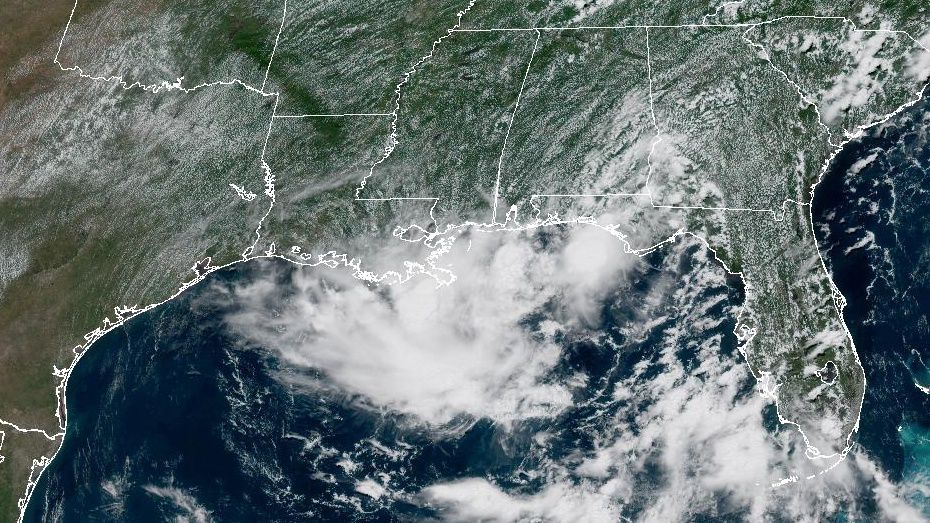RALEIGH, N.C. — North Carolina is seeing some concerning numbers when it comes to the largest industry in our state: agriculture. Wake County is working with the University of Mount Olive to complete a study that could help for future land use planning.
From 2001 to 2016, North Carolina ranked the second-most threatened state when it comes to loss of agricultural land due to poorly planned real estate development. That’s according to an American Farmland Trust report.
North Carolina lost over 11,000 farms to other uses between 2002 and 2022. That’s more than 950,000 acres of agricultural land. Specifically, when looking at Wake County, 182 farms and over 30,000 acres of farmland were lost in the same time period.
John Burt, owner and operator of Iron Horse Farms, said over the years he has seen changes in how the land is used.
“I think things have always grown closer to the cities and they slowly start to sprawl out into the more rural parts of the county that are left, and we are kind of on that last little fringe of southwestern Wake County that hasn’t been totally built over,” Burt said.
Wake County is growing by a net average of 56 people each day, but with the building of residential spaces comes agricultural land loss.
“We have definitely had a large influx of growth in the area, so we’ve got lots of neighbors now,” Burt said. “I think there’s a lot of factors that play into preserving an open space. You know we kind of talked earlier about once it’s gone; it’s gone and you’re not getting it back.”
Burt said agricultural land brings different benefits, including environmentally and aesthetically.
“I hope people see that there is an economic benefit to growing things locally and having local produce and local meats,” Burt said.
The University of Mount Olive worked with staff in Wake County to complete a "cost of community services" study. They are trying to look at land use and its value to the county.
Loren Hendrickson, Wake County’s farmland preservation coordinator, said he thinks the findings show that agricultural land may be undervalued.
“The agricultural land may be often seen as unproductive or waiting for its best use, but I think this study shows that’s definitely not a way to think of it,” Hendrickson said. “Agricultural land use is a net provider to the county, and it is providing the county with very important tax dollars each year.”
The study reveals for the fiscal year 2021-22, farmland offers the county a higher surplus. For residential land, for every dollar the county receives in tax revenue, it spends a dollar and nine cents on servicing the property. But for agricultural use land, the county spends 24 cents for every dollar it receives.
“So, what we hope is that this can serve as a data point to help to flip the script and show that while we need to have a balance of land uses, obviously we have to have residential land in the county, it doesn’t all have to be that way and if it was our taxes would only continue to increase,” Hendrickson said.
Hendrickson said it’s crucial that we define a balance between agricultural lands and development.
Meanwhile, Burt said he is not anti-growth, but he does feel it needs to be done in a smart way.
“That means let’s stay wherever the current city limits are where they have water, where they have sewer, let’s build there as much as we can, if that means build up 50 stories, let’s build up 50 stories and not have so much pressure on the farmland that’s on the outskirts,” Burt said.
Hendrickson and Burt feel county leaders have worked to address the issue of agricultural land loss. We’re told they are enhancing programs and providing necessary funding to compensate landowners who are willing to work on conservation of farmland.
The last time this study was done was in 2001.
Hendrickson hopes Wake County can use this latest study to update its farmland protection plan. He hopes this can help the county protect farms and advocate for future funding.










